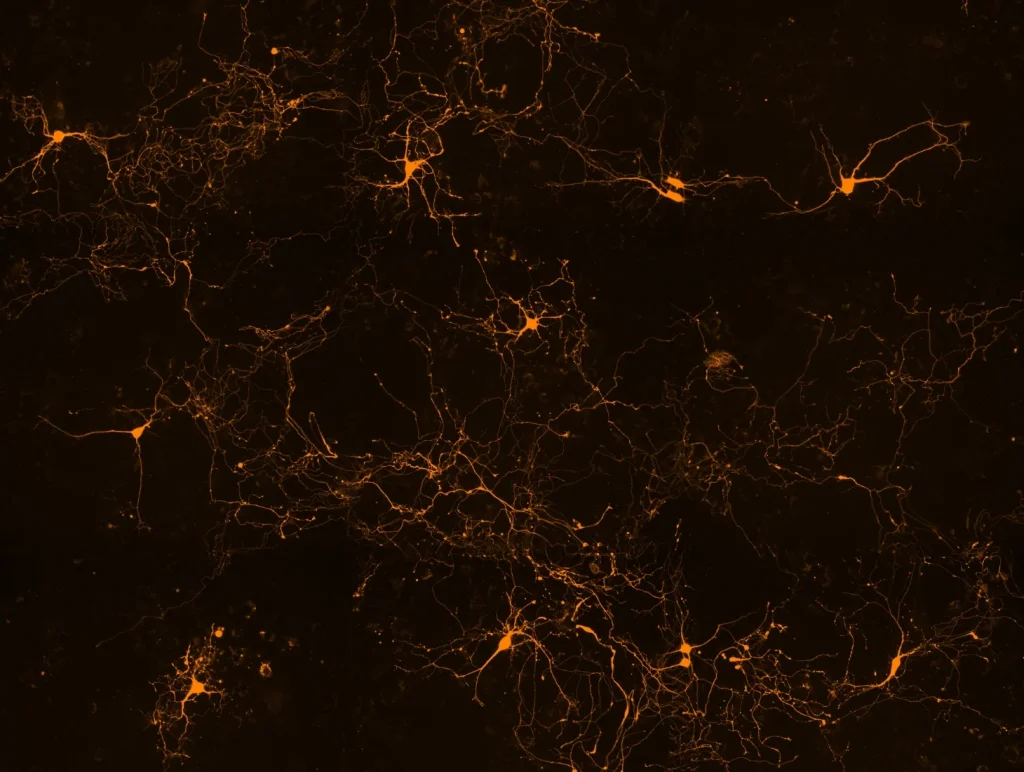Our research axes
CI²B researchers work together to better understand the foundations of life, health and disease. Each discovery is another building block added to the wall of knowledge, and it is through the efforts of our researchers, staff, and students that we are laying the solid foundations for the medicine of tomorrow.
Decipher
Discover
Innovate

Structural and Computational Biology
This axis brings together strong expertise in the structure of macromolecular complexes, RNA biology, and innovative approaches through functional genomics and imaging to characterize complexes and signaling pathways. These approaches heavily rely on cutting-edge techniques such as cryogenic electron microscopy (cryo-EM), small-angle X-ray scattering (SAXS), and nuclear magnetic resonance (NMR) and high-resolution microscopy.
Discover the researchers associated with this axis

© Cécile Berne
Pathogenesis and Microbial Physiology
This axis focuses on various bacteria as model systems to analyze fundamental biological processes at the population, cellular, and molecular levels. It also addresses the mechanisms that increase the virulence of these microorganisms and enable them to evade the host’s immune system, including the development of antibiotic resistance.
Discover the researchers associated with this axis

Molecular Pathophysiology and Cellular Dynamics
The focus of this theme relies on the development of an integrated approach to study the basic mechanisms underlying cell physiology. It brings together strong expertise across all 5 departments through the development of cutting-edge approaches using a wide range of methods, such as molecular, genome-wide, single-molecule, high-resolution imaging, and computational approaches. They transform our understanding of the core mechanisms and capture the dynamics and complexity of multi-scale biological phenomena bridging molecular mechanisms of biomolecules, organelles, cells and tissues.
Discover the researchers associated with this axis

Neurobiology and Systems Neuroscience
Neuroscience research on the UdeM campus boasts remarkable strengths, spanning from fundamental research to preclinical investigations. Within this axis, two main areas of interest emerge. The first involves molecular and cellular neuroscience approaches, delving into synaptic transmission, synapse-glia interactions, synaptic plasticity, and their roles in various functions, such as memory and movement production. The second area focuses on the study of complex systems and behaviors, including motor control, sensorimotor integration, and decision-making. The prioritization of models with strong translational potential for the development of new biomedical technologies is a key focus for this axis.
Discover the researchers associated with this axis

Physiopathological Modeling of Living Organisms
Our goal is to focus on the integration of quantitative methods and innovative approaches to enable a better understanding of the organizational principles of life at all scales, from the single molecule to populations of living beings and their evolution, including cells and organisms.

